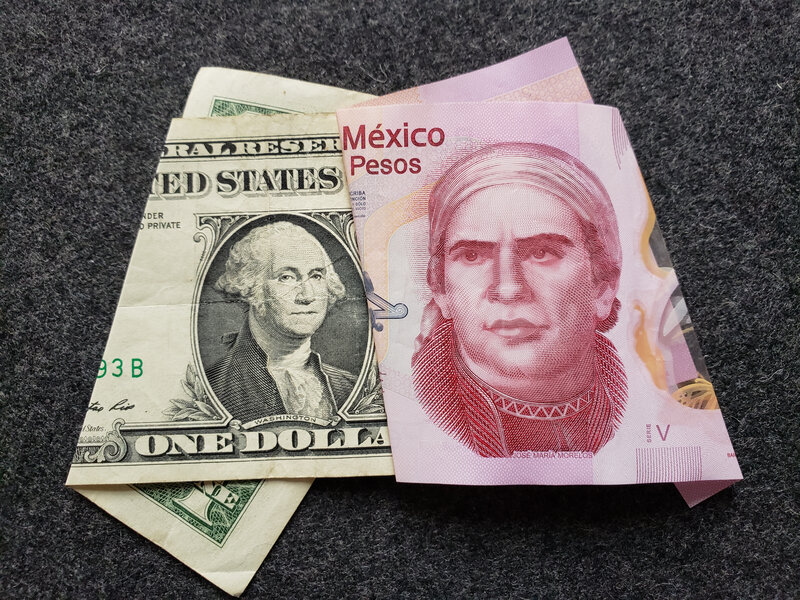1 Mxn to USD: Understanding 1 MXN to USD Exchange Rate

The exchange rate between currencies serves as a pivotal factor influencing global economic transactions and individual financial decisions. The Mexican peso (MXN) to United States dollar (USD) exchange rate, specifically the 1 MXN to USD ratio, holds substantial significance due to the economic ties and trade relationships between Mexico and the United States.
As of the time of writing, the exchange rate hovers around 1 Mexican peso to roughly 0.05 USD. This rate fluctuates based on various economic, political, and market-related factors, impacting businesses, travelers, investors, and policymakers alike. Understanding the dynamics behind this exchange rate can shed light on broader economic movements and individual financial strategies.
Economic Factors Influencing the Exchange Rate:
- Interest Rates: Central bank policies and interest rate differentials between Mexico and the United States play a significant role in determining exchange rates. Higher interest rates in a country generally attract foreign investment, increasing demand for its currency and thus appreciating its value relative to others.
- Inflation Rates: Variances in inflation rates can impact currency values. Countries with lower inflation rates generally see an appreciation in their currency value compared to countries with higher inflation.
- Trade Balance: The trade balance between Mexico and the United States heavily influences the exchange rate. A surplus in Mexico’s trade balance with the U.S. could potentially strengthen the peso against the dollar.
- Political Stability and Economic Performance: Political stability, economic growth, and fiscal policies also affect exchange rates. Stable economies and favorable policies often attract foreign investments, positively impacting a currency’s value.
Impact on Various Sectors:
- International Trade: The MXN to USD exchange rate profoundly influences the cost of imported goods and exported products between the two nations. A stronger peso could make Mexican exports pricier, potentially impacting international trade competitiveness.
- Tourism and Travel: For tourists and travelers, a favorable exchange rate can mean more purchasing power, allowing them to afford more when exchanging their dollars to pesos or vice versa.
- Investments: Investors assess exchange rates when considering foreign investments. A favorable exchange rate may encourage investment in Mexico, while a weaker peso might attract American investors seeking potential growth opportunities.
Managing Exchange Rate Risks:
Businesses engaged in cross-border transactions often employ various strategies to mitigate risks associated with fluctuating exchange rates. These strategies include forward contracts, options, and using financial instruments to hedge against adverse currency movements.
Conclusion
The 1 MXN to USD exchange rate is more than just a number; it represents the culmination of intricate economic forces and geopolitical factors. Its fluctuations hold implications for international trade, investment decisions, tourism, and various economic sectors in both Mexico and the United States. Monitoring these changes and understanding their underlying causes is crucial for individuals and entities engaging in cross-border activities or currency-related transactions.





